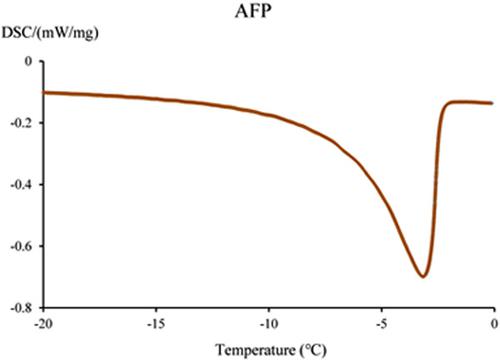当前位置:
X-MOL 学术
›
Arch. Insect Biochem. Physiol.
›
论文详情
Our official English website, www.x-mol.net, welcomes your feedback! (Note: you will need to create a separate account there.)
Transcriptome analyses and weighted gene coexpression network analysis reveal key pathways and genes involved in the rapid cold resistance of the Chinese white wax scale insect
Archives of Insect Biochemistry and Physiology ( IF 2.2 ) Pub Date : 2021-03-09 , DOI: 10.1002/arch.21781 Hong‐Ping Zhang 1 , Wei Liu 2 , Jia‐Qi An 2 , Pu Yang 2 , Li‐Hong Guo 1 , Yan‐Qiong Li 1 , Jing Lv 1 , Shu‐Hui Yu 1
Archives of Insect Biochemistry and Physiology ( IF 2.2 ) Pub Date : 2021-03-09 , DOI: 10.1002/arch.21781 Hong‐Ping Zhang 1 , Wei Liu 2 , Jia‐Qi An 2 , Pu Yang 2 , Li‐Hong Guo 1 , Yan‐Qiong Li 1 , Jing Lv 1 , Shu‐Hui Yu 1
Affiliation

|
The Chinese white wax scale insect, Ericerus pela, is an important resource insect in China. The rapid response of E. pela to decreasing temperatures plays key roles in the population distribution. In this study, we analyzed the gene expression of E. pela treated with low temperature using transcriptome analyses and weighted gene coexpression network analysis (WGCNA). The results showed that the cold resistance of E. pela involved changes in the expression of many genes. The genes were mainly involved in alcohol formation activity, lipid metabolism, membrane and structure, and oxidoreductase activity. According to the WGCNA results, some pathways related to cold resistance were found in the genes in the modules, such as cytoskeleton proteins, cytoskeleton protein pathway, biosynthesis of unsaturated fatty acids, glycerophospholipid metabolism, ether lipid metabolism, and thermogenesis. Some of the hub genes were nonspecific lipid‐transfer proteins, DnaJ homolog subfamily C member 13, paramyosin, tropomodulin, and tubulin beta chain. In particular, the hub genes of the tan module included the heat shock protein (hsp) 10, hsp 60, hsp 70, and hsp 90 genes. Thirty‐five antifreeze protein (afp) genes were identified according to the annotation results. Three afp genes were further identified among the hub genes. Six of these genes were selected for heterogeneous protein expression. One of them was expressed successfully. The thermal hysteresis activity (THA) analyses showed that the THA was 1.73°C. These results showed that the cytoskeleton, lipid metabolism, thermogenesis, HSPs and AFPs may play important roles in the cold resistance of E. pela.
更新日期:2021-05-11



























 京公网安备 11010802027423号
京公网安备 11010802027423号